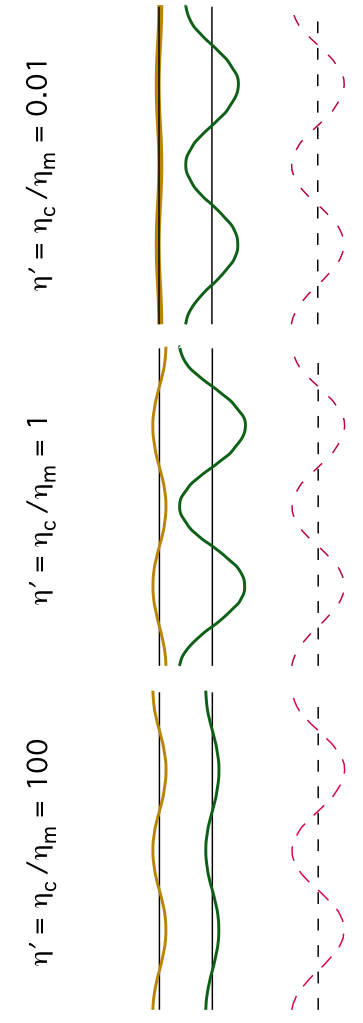Peter Molnar

Ph.D. Columbia University, 1970
Professor, Geological Sciences
E-mail: molnar@cires.colorado.edu
Office: ESCI 462C
Phone: 303-492-4936
Web: Molnar Research Group
Research Interests:
Large-scale deformation of continents, crustal and mantle geodynamics, climate change (especially over geological time scales), mechanisms of erosion, interactions among geodynamics, climate change, and geomorphology
Current Research: Mantle convection and mountain building
Mountain ranges are built where crust shortens horizontally and thickens. Whatever the forces are that act on plates and move two continental regions together, they obviously play a crucial role in building mountains. In addition, however, where the underlying mantle lithosphere also thickens beneath thickening crust, the mantle lithosphere should become gravitationally (or convectively) unstable and sink into the asthenosphere beneath it. The resulting flow in the mantle might enhance convergence of crustal material and its thickening and, hence, contribute to the building of mountains.
To study such a possible role for the mantle in building mountains, we studied Rayleigh-Taylor instability— which is associated with a dense layer (like the mantle lithosphere) overlying a less dense layer (like the asthenosphere). To that, we added a low-density crustal layer on top. For a wide range of plausible thicknesses of layers, densities of them, and ratios of viscosity of crust and mantle lithosphere, we found that the instability of the mantle lithosphere enhances crustal thickening. Moreover, except for extremely viscous crustal layers, the surface above converging and thickening crust rises, and hence creates a mountain range.

Examples of deflections of the lithosphere-asthenosphere boundary (LAB; red), Moho (green), and surface (brown) induced by a growing Rayleigh-Taylor instability, for three values of : 100 (left), 1 (center), and 0.01 r(ight). All deflections are scaled to that at the LAB, but relative to it, those for the Moho and surface are vertically exaggerated 25 times.
As a definitive test of how thickening and converging mantle lithosphere might contribute to mountain building, we exploited gravity anomalies. Calculated anomalies for our simulated mountain ranges tend to be negative, or nearly zero, whereas those observed over ranges worldwide are positive. We conclude that localized convection beneath mountain belts plays only a minor role in creating their heights. The larger-scale forces that move lithospheric plates together seem to be much more important. Molnar, P, and GA Houseman. 2013. Rayleigh-Taylor instability, lithospheric dynamics, surface topography at convergent mountain belts, and gravity anomalies. J. Geophys. Res. Solid Earth. 118:2544–2557.
Professor Molnar is a CIRES Professor.

